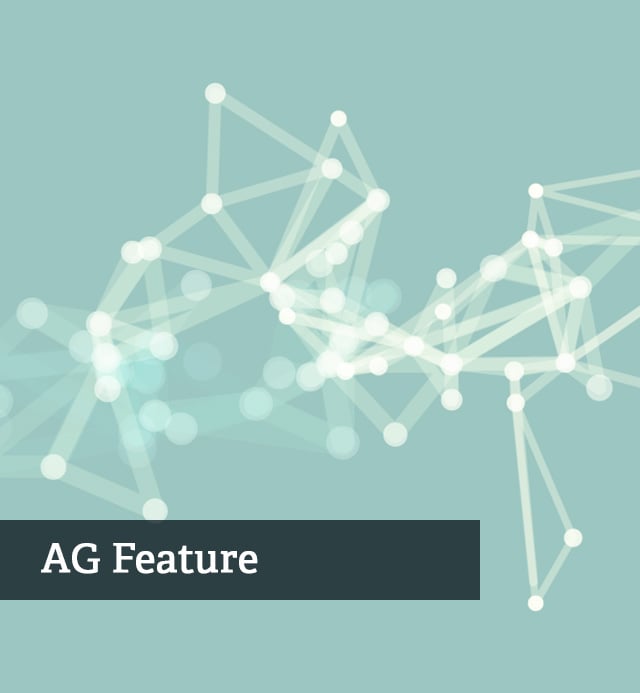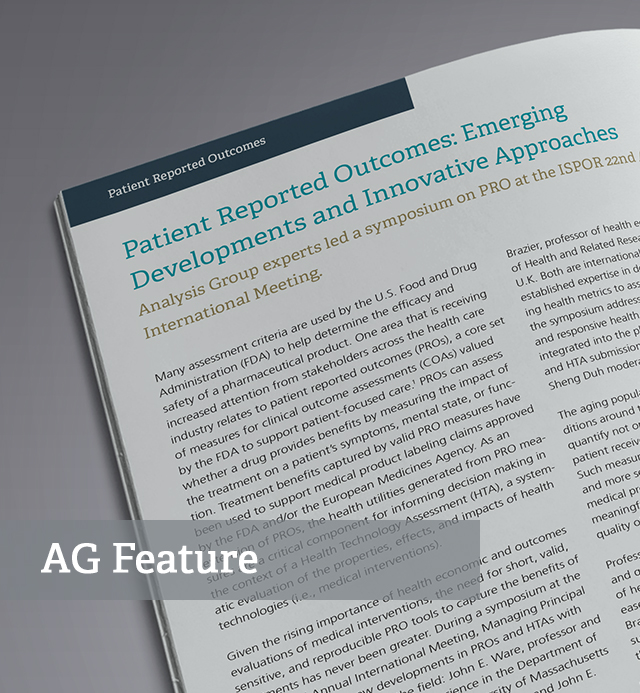Natural Language Processing
One powerful application of machine learning is natural language processing (NLP). NLP can extract useful data elements from unstructured, raw data. Using language- and grammar-specific constructs, it builds on a unique combination of algorithms and artificial intelligence tools to analyze, extract, and classify human communications from unstructured data such as online reviews, patent claims, physician notes in a medical file, insurance claims, and even audio recordings. As a result, it can be used to develop and implement predictive models across a number of sectors.
We have used NLP to help clients:
- Sort through reams of filings and online product reviews to reveal which features were considered relevant to consumers in patent infringement and consumer protection cases
- Collect, cluster, and analyze information coming from a variety of unstructured text financial sources in order to find relationships between certain language and conducts on the financial markets
- Examine detailed information of online booking information, like pricing or other specific characteristics, to measure the impact of constraints (or removing constraints) of competition on consumer welfare
- Uncover issues that are not captured by traditional patient-reported outcome (PRO) instruments, including through the use of social media and online patient data on medical conditions and their treatments
- Efficiently conduct literature reviews, organizing large datasets of scientific articles, ranking abstracts by expected relevancy for particular research topics, and highlighting changes in research topics over time
- Develop a method to identify and standardize medical terminologies, such as disease name, from the unstructured medical data in China’s electronic medical record (EMR) system
- Identify causally-related medical device adverse event reports in the Food and Drug Administration's narrative-based Manufacturer and User Facility Device Experience (MAUDE) database
-
AG Feature
Machine Power: Applications of Natural Language Processing in Economic Consulting

-
Case Outcome
Predicting the Essentiality of Standard Essential Patents
-
AG Feature
How Data Scientists Can Leverage Online Reviews in IP and Antitrust Disputes

-
Featured Expert
Shlomo Hershkop
Vice President of Engineering, Allure Security Technology, Inc.

-
Health Care Bulletin
Patient-Reported Outcomes: Emerging Developments and Innovative Approaches

-
Featured Expert
Jimmy Royer
Principal, Boston, Paris, Brussels, Montreal



